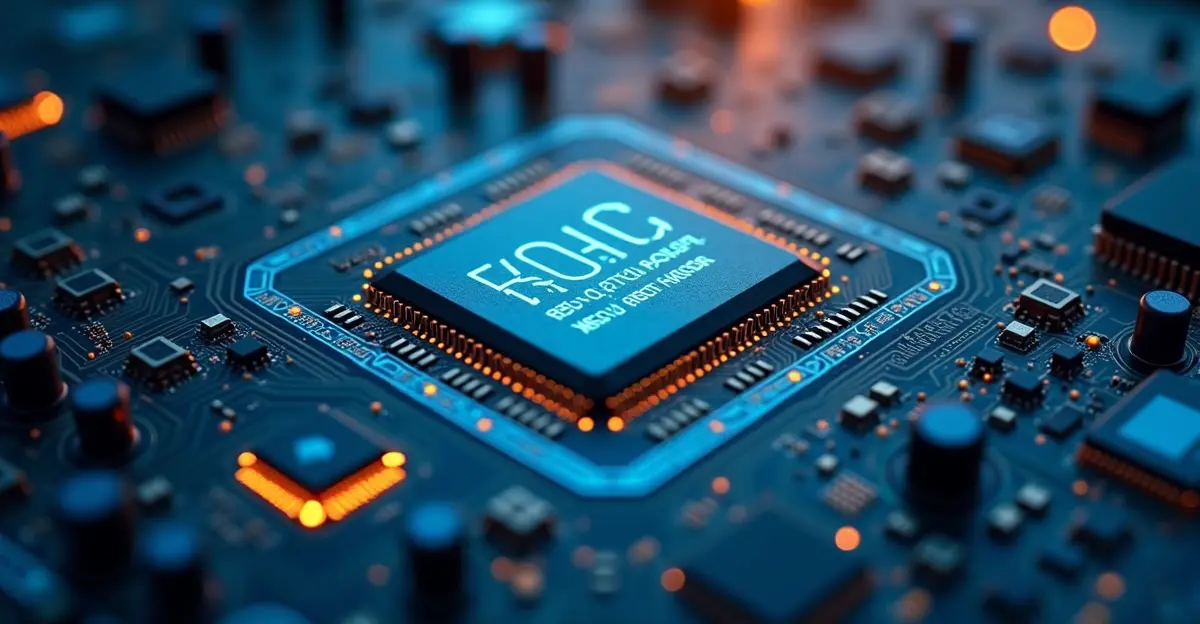European startups are adopting RISC-V open-source chips to reduce reliance on proprietary CPUs, driven by EU initiatives and market growth, despite challenges in ecosystem development.

Europe's RISC-V Revolution Gains Momentum
In a bold move to break free from the dominance of proprietary CPU architectures like those from Intel and ARM, a wave of European startups is embracing RISC-V, an open-source instruction set architecture (ISA). This shift promises to enhance technological sovereignty, reduce costs, and foster innovation across industries such as automotive, IoT, and high-performance computing. According to a RISC-V International report, adoption in Europe has surged by over 50% in the past year, driven by geopolitical tensions and supply chain concerns.
Startups Leading the Charge
Companies like SiFive Europe and lowRISC are at the forefront, developing custom chips that offer flexibility and transparency. 'RISC-V allows us to tailor solutions without licensing fees, which is crucial for small firms,' said Anna Weber, CEO of a Berlin-based startup. The European Union's Digital Compass initiative supports this trend, aiming for 20% of the world's semiconductor production to be in Europe by 2030.
Challenges and Opportunities
Despite enthusiasm, hurdles remain, including ecosystem fragmentation and the need for skilled engineers. However, collaborations with academia and government grants are mitigating these issues. 'This isn't just about technology; it's about strategic independence,' noted Dr. Marco Schmidt, a tech analyst. With projections from Market Research Future indicating the RISC-V market could grow to $10 billion by 2028, Europe's bet on open-source chips appears well-timed.

 Nederlands
Nederlands
 English
English
 Deutsch
Deutsch
 Français
Français
 Español
Español
 Português
Português









